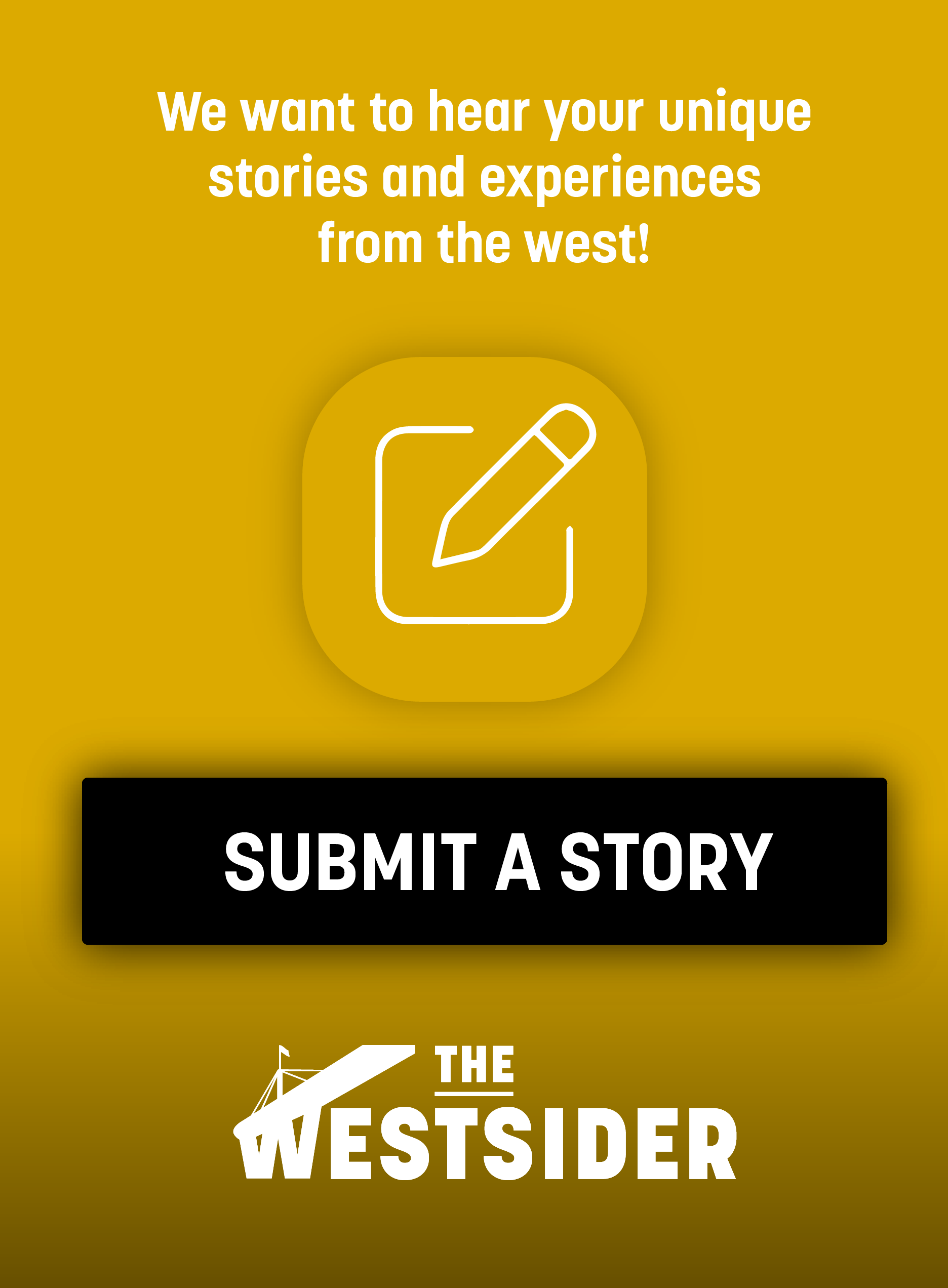By Peter Dewar
A modern 24/7 world has no place for my father’s Sundays.
Shops were closed, church was done, when dad bundled his family into our shiny Humber for a drive across the Yarra River in search of finer things. Occasionally, journeys east were meant to be educational. A fair chance we’d end up at Fitzroy Gardens visiting Cook’s Cottage.
And now, to think … we’d been heading in the wrong direction.
Not that long ago, I picked up a local history text. After turning a few yellowing pages, my eyes were opened to the compelling origin story the west had to tell.
Williamstown, popular on weekends for its restaurants and beach, began as a coastal village named after a British king. Here, at a windswept peninsula called Point Gellibrand, Melbourne’s first seaport was established — a stepping off point for early white settlers on tall ships starting a new life in a wild southern land.
More revelations would follow. Biggest surprise? Story of Traditional Owners. All 60,000 or more years leading up to the day billowing sails appeared out to sea. Read what took place in our west and Reconciliation takes on a local as well as national dimension.
Steps have been taken in recent decades to improve knowledge of Indigenous history. The digital exhibition ‘Still Here’ by Melbourne’s Living Museum of the West stands out, being curated from a First Nations perspective.
An Introduction takes us back nearly two hundred years to the time of white settlement: ‘The western region [of Melbourne/Naarm] was one of the first in Victoria to be taken over by the British settlers. The lush grasslands of the basalt plains attracted pastoralists and they quickly swarmed in with their thousands of sheep.’
After a short period of trepidatious harmony in the west, the horrors of a territorial war soon begin to pile up.
Best leave it to First Nations cultural leader Larry Walsh to explain where this leads: ‘Most of the Indigenous local culture of the western region of Melbourne was wiped out with the people who were killed. Much of the rest, destroyed by the assimilation practices of the missions …’.
On the New South Wales side of the Murray River is one such settlement with a little-known connection to the inner west.
‘Cummeragunga is famous for the activism and the strength of its people,’ reads ‘Bonmarart Leewik (Strong Ancestors)’ website, a Victoria University project honouring significant Indigenous people and places in Melbourne’s west.
Around the time of the Great Depression, a small group of Indigenous people moved from this mission to live in Seddon, Yarraville and Footscray, but what a mighty footprint they left. Their combined efforts would influence the direction of the Indigenous activist movement.
Among them was Margaret Tucker (MBE), a writer and leading activist of the time who established hostels. Her daughter, Mollie Dyer (AM), continued her mother’s work and provided foster care to many children and helped start what became the Victorian Aboriginal Child Care Agency (VACCA).
Lynch Cooper won the Stawell Gift in 1928 and was elected deputy chairperson of the Aboriginal Affairs Advisory Council. Connie Hart was highly regarded as a traditional Indigenous basket weaver.
Sally Russell Cooper’s home was an important place of social contact for Indigenous people. Younger sister of Lynch Cooper, she raised awareness of their renowned father’s advocacy.
William Cooper, who is regarded as the father of the Aboriginal movement leading to the 1967 referendum which extended citizenship rights to Indigenous Australians.
Historian Bain Attwood has written extensively about this heroic Indigenous rights campaigner, who lived in the west during the 1930s. In his latest book titled ‘William Cooper: An Aboriginal Life Story’ we learn about Cooper’s formative years.
Importantly, Cooper learned how to read and write. He converted to Christianity, being taught from a Bible that told of a dispossessed Jewish people, by missionaries with experience of using petitions for political change. Cooper travelled widely around the country working as a shearer, horse-breaker, farmhand and became a trade unionist.
Cooper was in his seventies when he moved from Cummeragunga to be closer to the city in Footscray and Seddon and better able to fight for the rights of First Nations people.
With other local community members, he established the influential Australian Aborigines’ League. The league organised a symbolic Day of Mourning; Cooper asks for churches’ support with a Sunday of observance. NAIDOC Week has its genesis here. Protesting the Nazi persecution of Jews earned Cooper enduring honour as far away as Israel.
And, in what was a forerunner to our 2023 referendum, William Cooper is famous for sending a petition to King George V requesting parliamentary representation of Aboriginal People.
My father was a boy when he played in the same inner west streets that William Cooper strode seeking support for a petition politicians ensured would never reach the king.
This year we revisit the same question of an Indigenous Voice. Ancient history, salty side of the Yarra.
For more information:
Bonmarat Leewik (Strong Ancestors): www.bonmarartleewik.com.au
Melbourne Living Museum of the West ‘Still Here’ digital exhibition: www.livingmuseum.org.au/collection/digital-exhibitions


